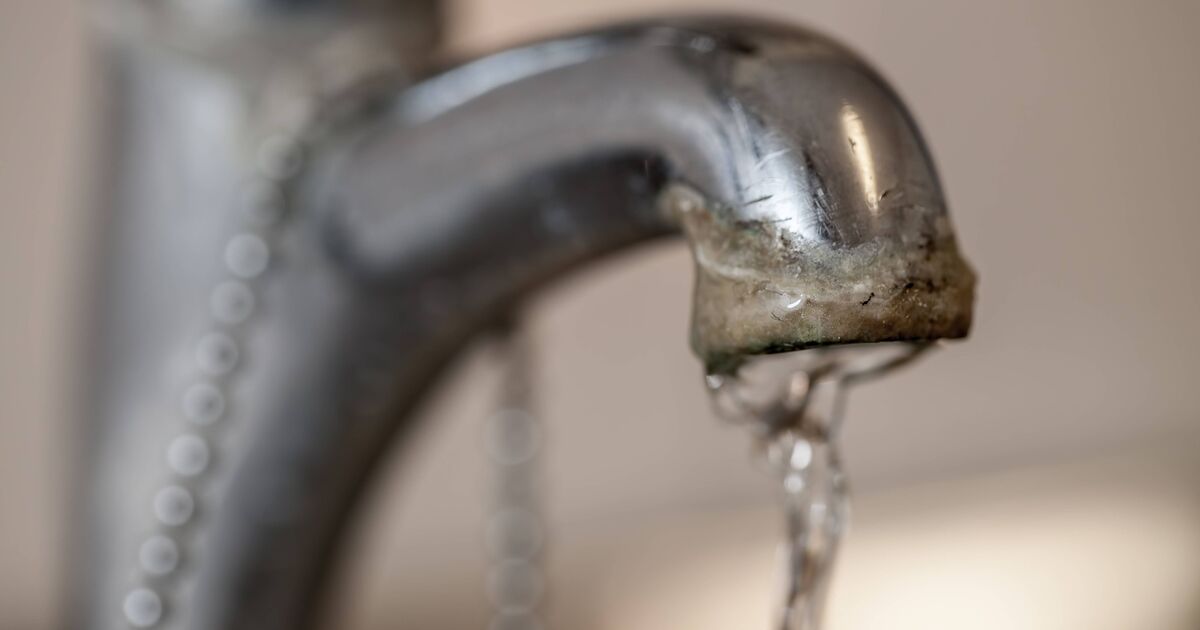If you’ve spotted any marks or discolouration on your tap, you’re likely dealing with a limescale issue, and these marks won’t simply wipe clean. Limescale forms from mineral deposits left behind by hard water, and once it dries, it hardens into a persistent stain that clings stubbornly to taps and resists ordinary cleaning methods.
When left untreated, limescale can harbour bacteria, making your tap unsanitary and leaving your hands contaminated even after washing. Nevertheless, cleaning experts at Diamond Home Support have revealed that eliminating tap limescale can be surprisingly straightforward when using the correct ingredient – and all you require is a lemon. They explained: “The acidic properties of lemons make them highly effective at breaking down limescale and restoring the shine to taps.
“By applying lemon directly to the affected areas and allowing it to work its magic, limescale can be removed without the need for harsh chemical cleaners.”
Whilst it may seem rather peculiar, lemon juice contains citric acid, which is powerful enough to dissolve limescale minerals and loosen stubborn stains, reports the Express.
Limescale isn’t water-soluble, meaning you can’t simply wipe it away as it adheres firmly to surfaces. An acidic solution is essential to break down the deposits.
The citric acid found in lemons can swiftly eliminate limescale within minutes, whilst remaining a natural ingredient that treats metal taps gently.
How to clean taps and remove limescale stains
Squeeze one half of the lemon onto any stains on your tap, then use the other half to rub all over the tap, ensuring you reach every crevice.
Allow a few minutes for the citric acid to work its magic and dissolve the limescale. Following this, utilise an old toothbrush or a brush with bristles to scrub away any remaining stains on the tap.
The limescale should readily disintegrate. Rinse the area with warm water, dry it off, and your taps should now be gleaming.
For any particularly stubborn limescale marks, position the lemon on the tap spout, secure it with a rubber band, and leave it in place to allow the citric acid more time to act.

